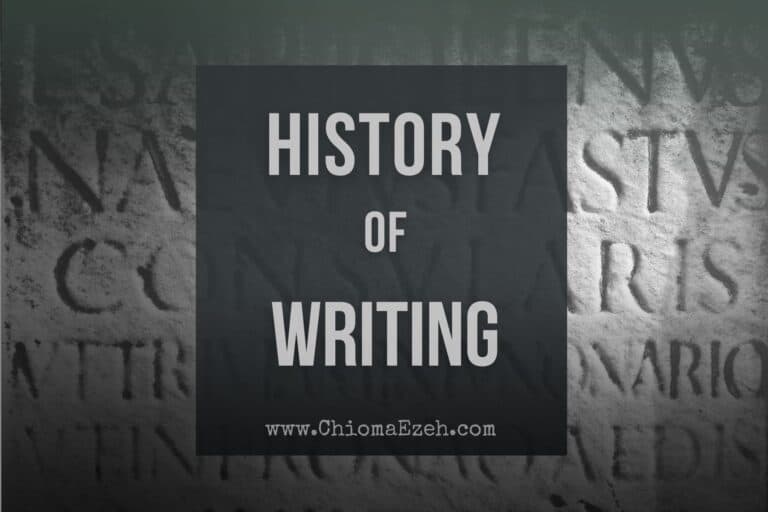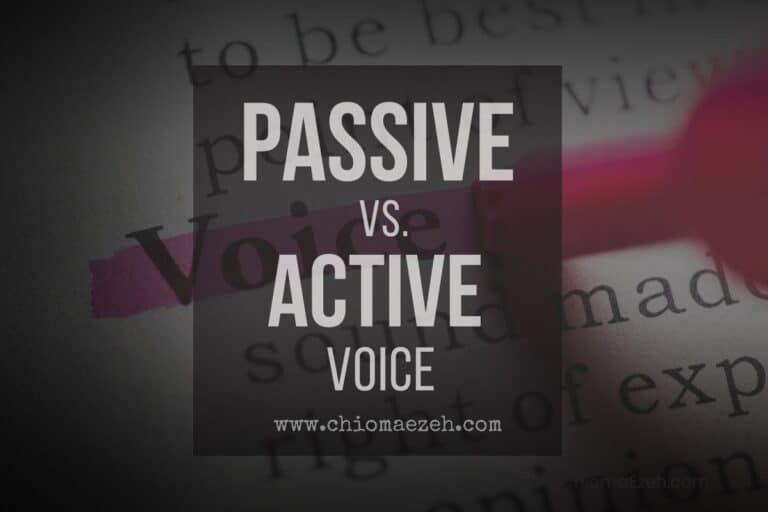5 Types Of Outer Dialogue You Should Know [Free Template]
Dialogue, a critical element of fiction writing breathes life into our characters, moves our stories forward, and keeps our readers on the edge of their seats. But first, let’s pause to acknowledge that dialogue isn’t just about what our characters say—it’s also about how they say it.
Throughout my years in the writing industry, I’ve enjoyed working with countless authors, each bringing their unique perspectives and approach to the craft. In that time, I discovered that, much like a painter’s palette, there are several “colors” or types of dialogue that we can use to create our masterpieces.
So, let’s journey through these various types and learn how to mix and match them to create a rich, vibrant story that engages our readers and leaves them wanting more.

Let’s Talk
Are you a writer aspiring to pen a masterpiece that never fails to captivate? Look no further. Reach out to us and uncover how we can help you to take your writing to unprecedented heights!

What Are the Types of Outer Dialogue?
There are 5 types of outer dialogue:
1. Expository Dialogue
Expository dialogue is the bread and butter of fiction writing. It’s the type of dialogue that helps our readers understand the world we’ve created, providing them with essential background information, character traits, and motivations.
It’s also the type of dialogue that writers must handle with care, as too much exposition can bog down a story and bore our readers.
One example of expository dialogue done right is in J.R.R. Tolkien’s “The Fellowship of the Ring.” When Gandalf explains the history of the One Ring to Frodo, Tolkien expertly weaves in vital information about Middle Earth, which set the stage for the epic journey.
Tip: To avoid overloading your story with exposition, remember the age-old adage, “Show, don’t tell.” Instead of having your characters deliver long-winded speeches, break up information into smaller, more digestible pieces and reveal them through action beats.
2. Subtextual Dialogue
Subtextual dialogue is the art of saying more with less. It allows our characters to express their emotions and desires without explicitly stating them. This type of dialogue requires a delicate balance, as we must ensure that our readers can still understand what’s happening beneath the surface.
A great example of subtextual dialogue is in Jane Austen’s “Pride and Prejudice.” When Mr. Darcy and Elizabeth Bennet engage in witty banter, their words often reveal more about their true feelings than they initially let on.
Once, I was working with a young author who was struggling to convey a character’s unrequited love. We spent hours brainstorming ways to use subtextual dialogue to reveal the character’s emotions subtly.
Eventually, she crafted a beautiful scene in which the character offered the object of their affection a handkerchief. This small, seemingly insignificant gesture spoke volumes about the character’s hidden feelings.
3. Conflict-driven Dialogue
Conflict is the engine that drives our stories forward, and conflict-driven dialogue is the fuel that powers that engine. This dialogue occurs when characters have opposing goals, beliefs, or desires. And this creates tension and drama that keeps our readers engaged.
For instance, in Harper Lee’s “To Kill a Mockingbird,” the courtroom scenes showcase conflict-driven dialogue at its finest. The heated exchanges between the prosecution and defense attorneys, as well as the witnesses, create an atmosphere of tension and uncertainty that moves the story forward.
Tip: To craft effective conflict-driven dialogue, make sure your characters’ motivations and stakes are clear. The more your readers understand and care about your characters’ goals, the more invested they will be in the outcome of the conflict.
4. Emotional Dialogue
Emotional dialogue is the type that tugs at our heartstrings, allowing us to share in our characters’ triumphs, heartbreaks, and everything in between. When done well, emotional dialogue can evoke powerful feelings in our readers. Feelings that create a deep connection with the characters.
A prime example is in Khaled Hosseini’s “The Kite Runner.” The protagonist’s gut-wrenching confession of his past sins and his subsequent plea for forgiveness are so raw and authentic that readers can’t help but be awed 🙂
Tip: Make sure that the emotions you’re trying to convey align with your characters’ motivations and goals. So, authenticity is key here. Forced or melodramatic emotions will likely fall flat and disengage readers.
5. Suggestive Dialogue
Suggestive dialogue is the type that plants seeds of curiosity and intrigue in our readers’ minds, prompting them to ask questions and make predictions about what might happen next.
This type of dialogue is particularly useful in mystery, thriller, and suspense stories, where keeping readers guessing. It is crucial to maintaining interest and tension.
I once collaborated with a thriller writer who expertly crafted suggestive dialogue by using a character’s seemingly mundane phone call to drop hints about an imminent disaster. And I presume the character’s vague references and evasive answers piqued readers’ curiosity and built anticipation for the shocking revelation that followed.
In Agatha Christie’s “Murder on the Orient Express,” the characters’ seemingly innocuous conversations often contain subtle clues and hints, leaving readers eagerly turning the pages to uncover the truth.
Having understood these types of dialogues, now let’s proceed to learn some examples and how can can use them in our stories too.
Examples Of Outer Dialogue
1. Example 1: Expository Dialogue
Character A: “I heard that this town was founded by gold miners back in the 1800s.”
Character B: “That’s right. When they discovered gold in the nearby mountains, people flocked here from all over, hoping to strike it rich.”
In this example, Character A’s comment prompts Character B to provide background information about the town’s history. The dialogue effectively conveys important context without resorting to an info dump. And this allows readers to understand the story’s setting better.
Example 2: Subtextual Dialogue
Character A: “I noticed you haven’t touched your coffee.”
Character B: “I guess I’m just not thirsty.”
The dialogue here hints at an underlying issue without explicitly stating it. Character B’s response might suggest they’re preoccupied, upset, or anxious about something, and their inability to enjoy a simple cup of coffee signifies that there’s more going on beneath the surface.
Example 3: Conflict-driven Dialogue
Character A: “We need to leave now, or we’ll miss our chance to escape!”
Character B: “And what about the others? We can’t just abandon them.”
Here, we can see how the dialogue shows the conflicting motivations of Character A and Character B. Character A is focused on immediate survival, while Character B is concerned about the welfare of their companions. The tension created by their opposing goals (conflict) keeps readers engaged and drives the plot forward.
Example 4: Emotional Dialogue
Character A: (tearfully) “I’m sorry, I never meant to hurt you. I was just so scared of losing you.”
Character B: “I know. I forgive you. We’ll get through this together.”
The emotional dialogue at play here effectively conveys the vulnerability and sincerity of both characters. Readers can empathize with their pain, fear, and desire for reconciliation. This fosters a deep connection to the characters and their struggles.
Example 5: Suggestive Dialogue
Character A: “So, you’re saying the thief knew about the hidden safe?”
Character B: “It certainly seems that way. But who could have known?”
Character A: “That’s the million-dollar question, isn’t it?”
In this suggestive dialogue, Character A and Character B discuss a mysterious theft, dropping hints about a hidden safe and an unknown thief. The dialogue prompts readers to question the identity of the culprit and speculate on potential suspects. This builds intrigue and suspense throughout the story.
Dialogue Template for Fiction Writers
Use this template as a reference when crafting dialogue for your story. You can incorporate a variety of dialogue types, so you can create engaging dialogues.
1. Expository Dialogue:
What to do: Provide background information or context.
Template:
Character A: (asks question or makes a statement about a subject)
Character B: (provides relevant information about the subject)
Example:
- Character A: “How did you two meet?”
- Character B: “We were college roommates. We bonded over our shared love of classic rock.”
2. Subtextual Dialogue:
What to do: Convey emotions or desires indirectly.
Template:
Character A: (makes a seemingly innocuous statement or observation)
Character B: (responds in a way that hints at deeper emotions or motivations)
Example:
- Character A: “You’ve been quiet tonight.”
- Character B: “I guess I just have a lot on my mind.”
3. Conflict-driven Dialogue:
What to do: Highlight opposing goals, beliefs, or desires between characters.
Template:
Character A: (states their stance or objective)
Character B: (expresses disagreement or presents an opposing viewpoint)
Example:
- Character A: “We should take the highway; it’ll be faster.”
- Character B: “But the scenic route is so much more enjoyable.”
3. Emotional Dialogue:
What to do: Evoke strong emotions and create a deep connection between characters and readers.
Template:
Character A: (expresses a heartfelt emotion or confession)
Character B: (responds empathetically, offering support or understanding)
Example:
- Character A: “I’m scared I won’t be able to handle this new job.”
- Character B: “You’re stronger than you think. I believe in you.”
5. Suggestive Dialogue:
What to do: Build intrigue and suspense by prompting readers to ask questions or make predictions.
Template:
Character A: (mentions a mysterious or intriguing detail)
Character B: (responds with curiosity or offers a possible explanation)
Example:
- Character A: “I found this cryptic note in the drawer.”
- Character B: “Maybe it’s a clue to something hidden in the house.”
Note: Keep this template handy as you write your story, and remember to use a mix of dialogue types to create a rich, engaging narrative.
Final Notes
Now that we’ve explored the various types of dialogue, it’s time to put your newfound knowledge to the test! As you embark on your writing journey, remember that each type of dialogue serves a unique purpose in your story.
By combining and balancing these different types, you can create rich dialogues that will engage your readers and keep them hooked till the very last page.
So go forth, experiment, and most importantly, have fun 🙂

![What Is Historical Fiction? [Meaning & Examples]](https://chiomaezeh.com/wp-content/uploads/2023/03/historical-fiction-8-768x512.jpg)
![5 Easy Ways To Write Dialogue For A Novel [Template + Example]](https://chiomaezeh.com/wp-content/uploads/2023/03/how-to-write-dialogue-for-a-book-2-768x512.jpg)


![What Is The Inciting Incident Of A Story? [Definition & Examples]](https://chiomaezeh.com/wp-content/uploads/2023/03/inciting-incident-768x512.jpg)
